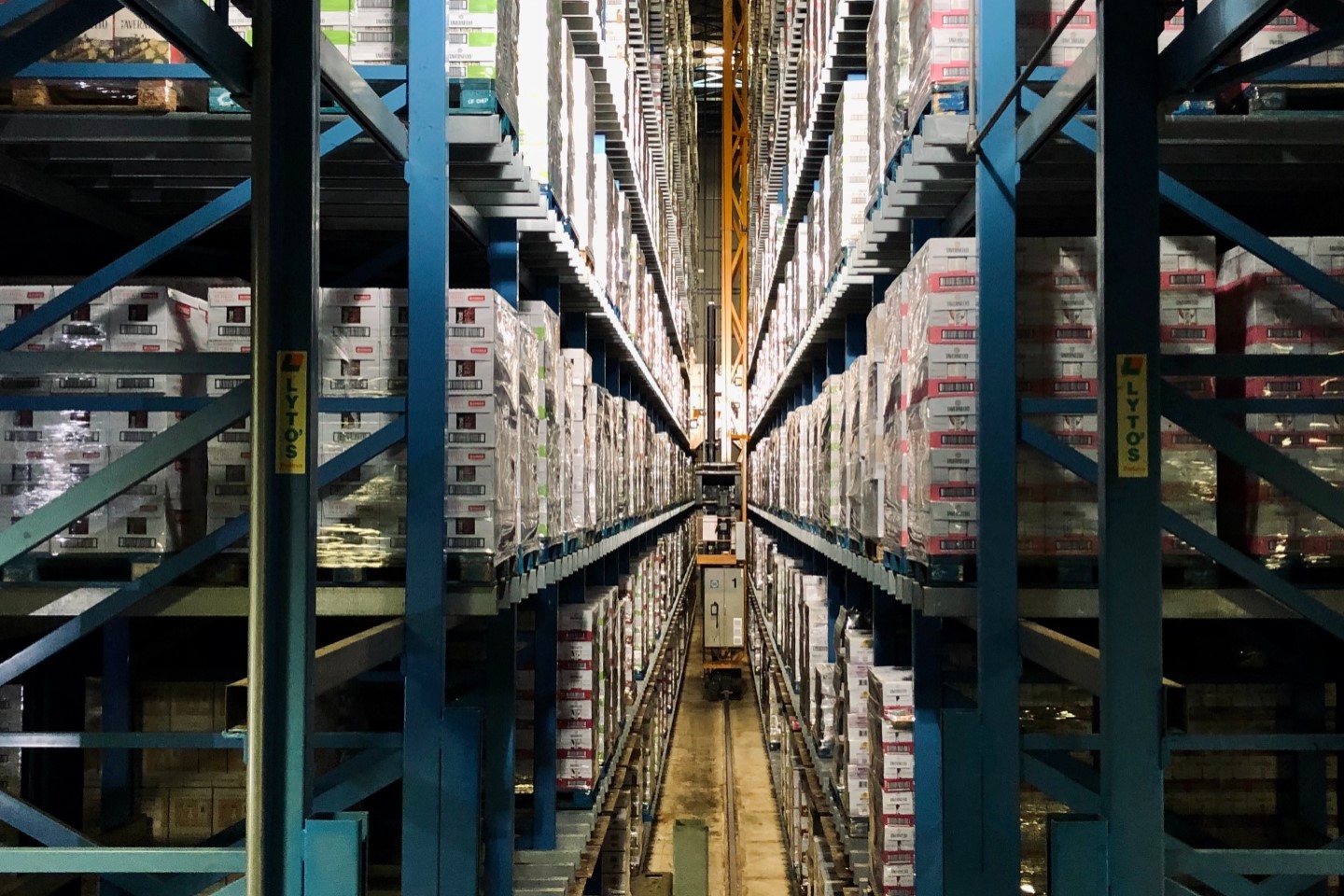
Australia’s manufacturing sector has practically stalled, hit by supply chain disruptions and labour shortages not seen in decades.
However, there are signs in the latest Westpac-Australian Chamber of Commerce and Industry survey of industrial trends that manufacturers are prepared for a recovery once coronavirus restrictions ease.
The survey’s composite index dropped to 51.2 points in the September quarter from 63.1 in the previous three months, only just holding above the 50-point mark that separates growth in the industry from contraction.
ACCI chief executive Andrew McKellar said lockdowns in NSW, Victoria and the ACT caused manufacturing output to stall, but expectations for future growth remain positive.
The survey’s expected composite index is well above the 50 level at 57.5 points and only modestly down from the 60.6 points previously,
However, Mr McKellar said global supply chain disruptions mean employers are finding it increasingly difficult to source key components of production.
“These material constraints are at levels not seen since the oil shock of the 1970s,” he said.
“This is leading to cost pressures, with input costs increasing at a much faster rate than prices, putting pressure on manufacturers profits.”
Mr McKellar said skill shortages are also a major impediment to growth with labour constraints at their highest in 21 years due to difficulty finding experienced workers as a result of domestic and international border closures.
However, the survey indicates manufacturers are confident high vaccination rates are the ticket out of lockdowns, and as such Mr McKellar wants to see the 80 per cent vaccination target reached as soon as possible.
Westpac senior economist Andrew Hanlan said the latest survey results reveal a degree of resilience among respondents when compared to last year’s experience when the pandemic first hit Australia’s shores.
This time around activity has stalled rather than contracting, while new orders have still managed to expand rather than collapsing as they did in 2020 when the nation went into lockdown.
“This resilience reflects the considerable momentum in the economy ahead of the latest lockdowns, with an upswing in home building, strong consumer spending and the ongoing uptrend in government spending, all providing a boost to the manufacturing sector,” Mr Hanlan said.
“By contrast, conditions were already sluggish ahead of the initial lockdown in 2020.”








